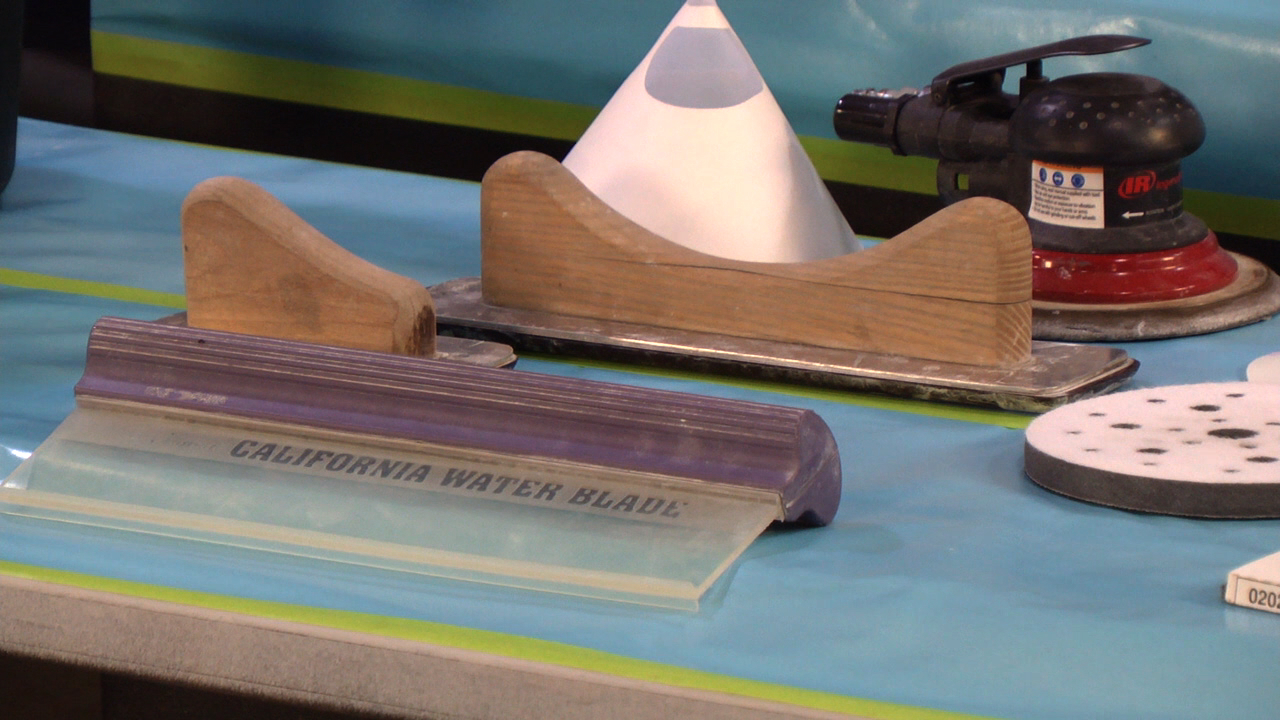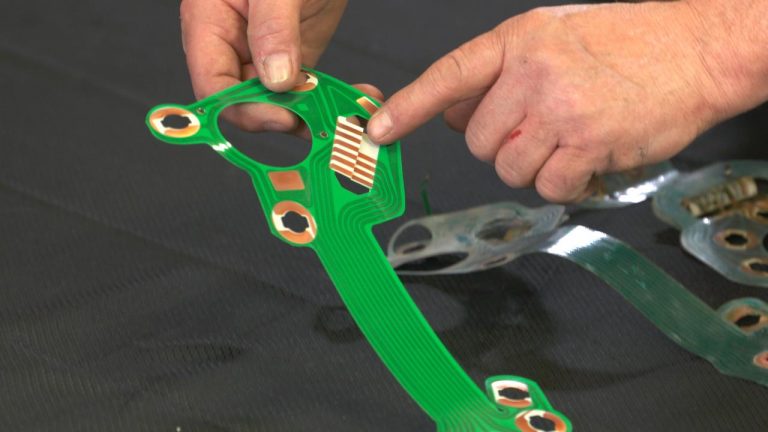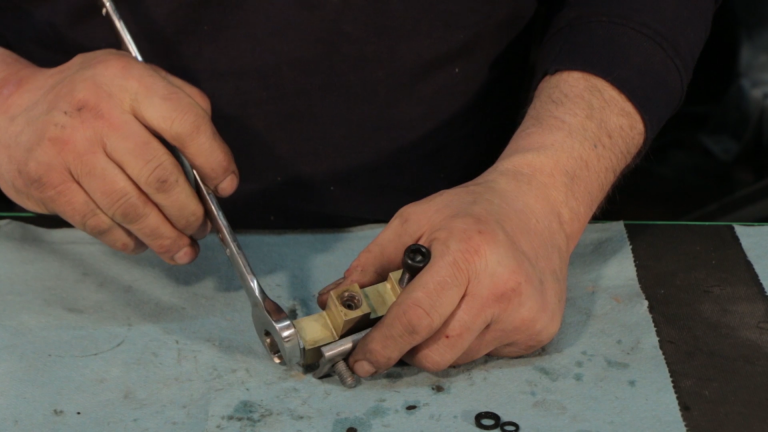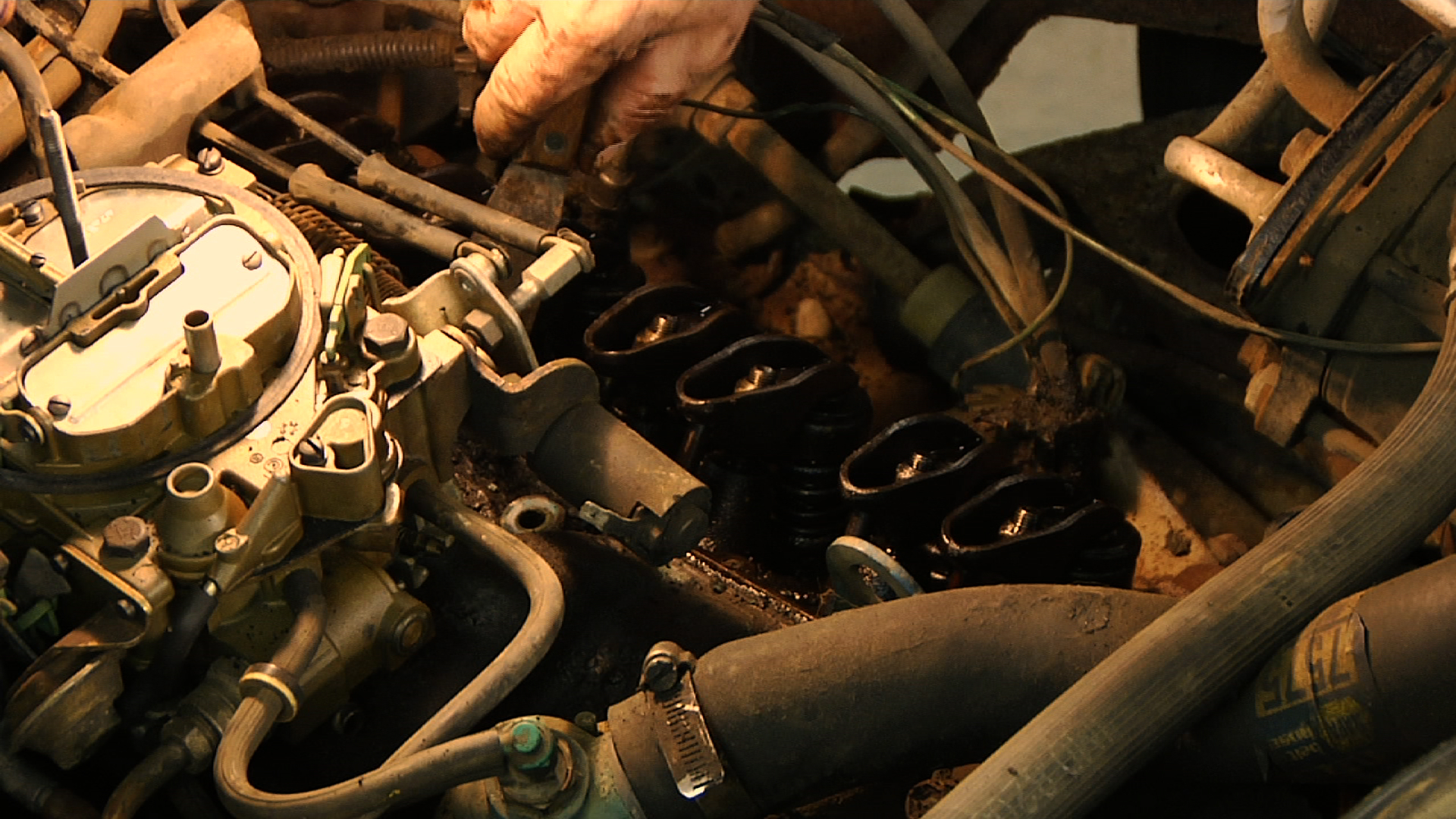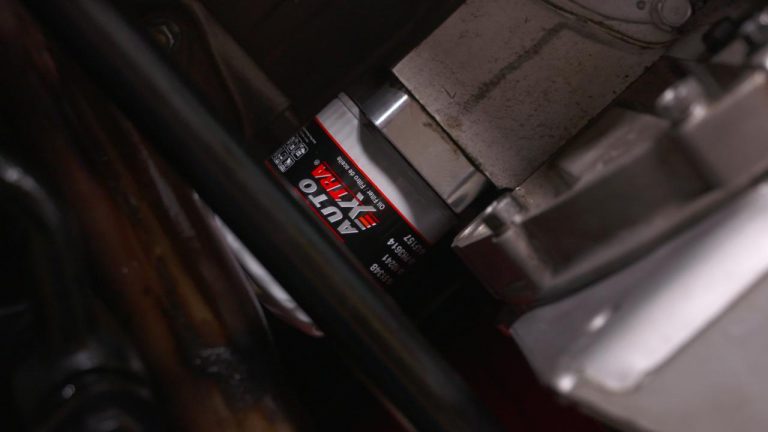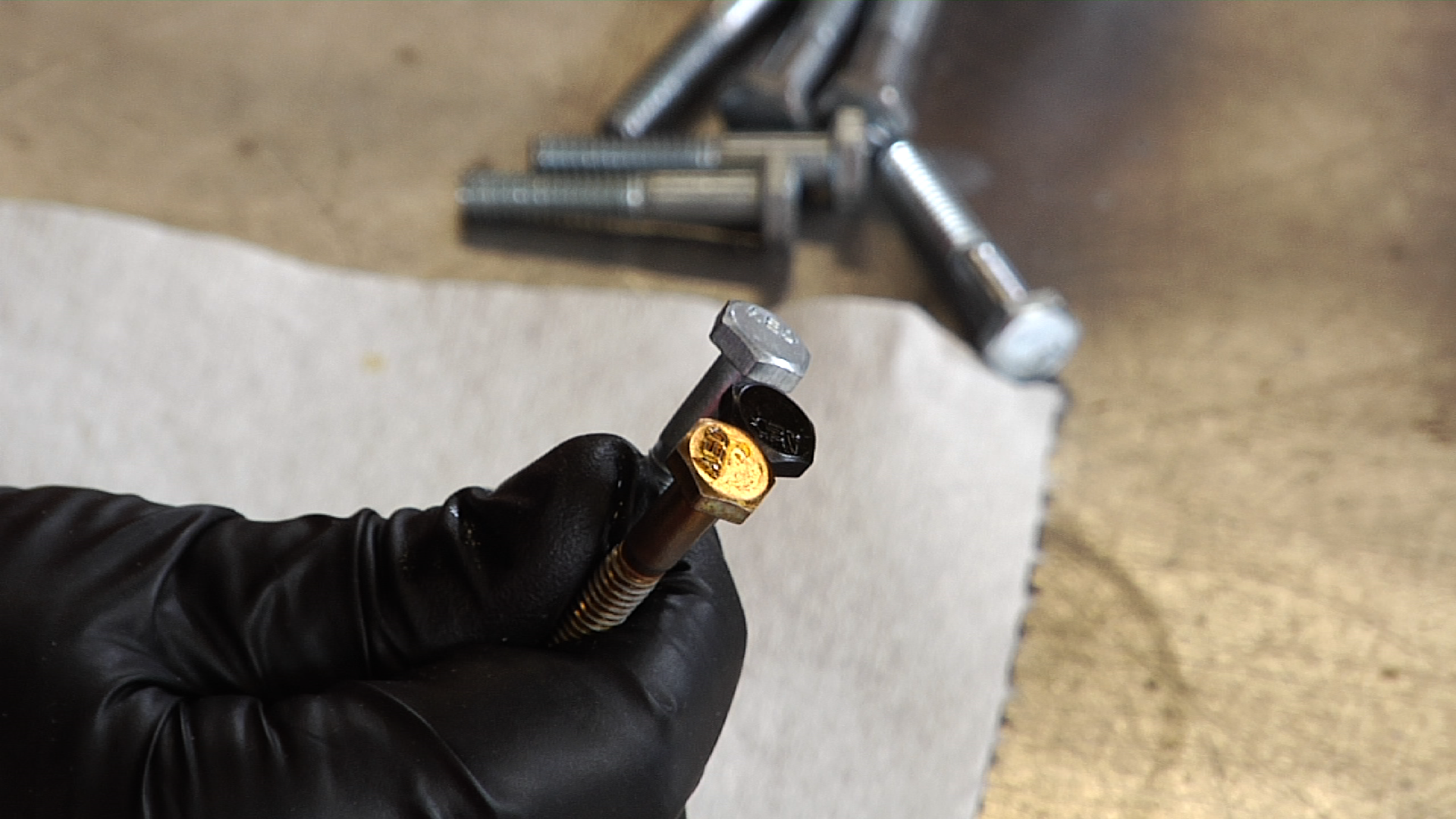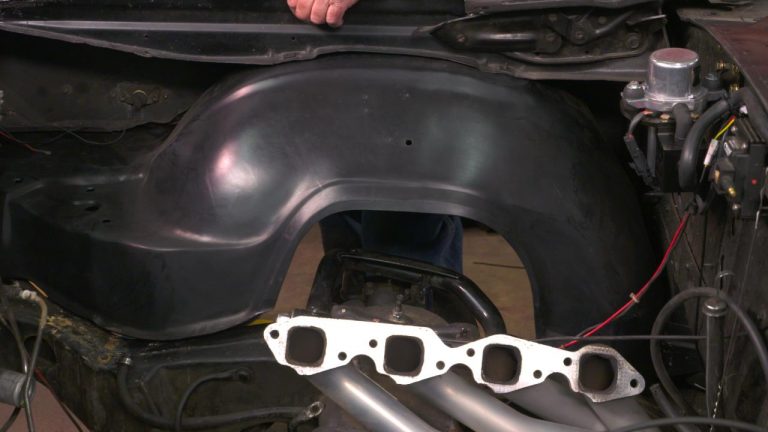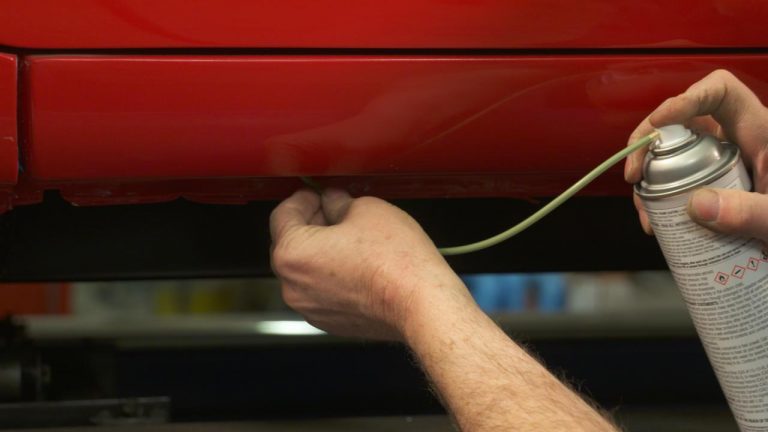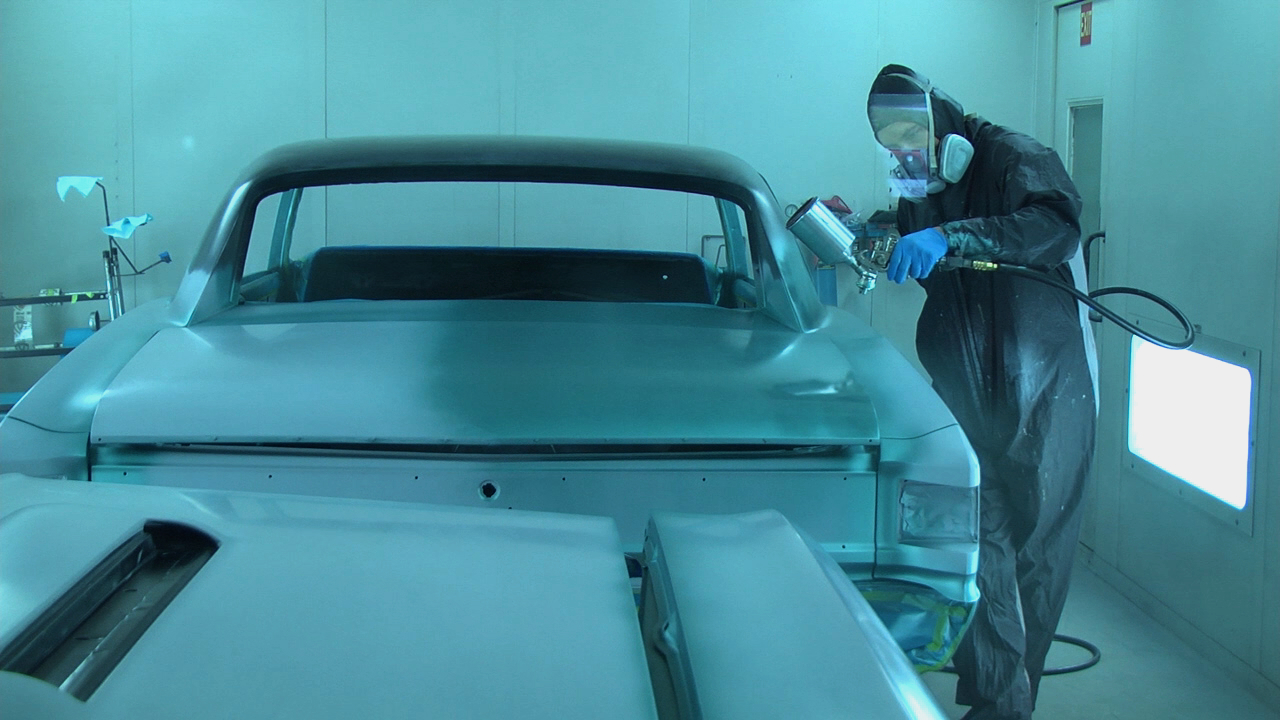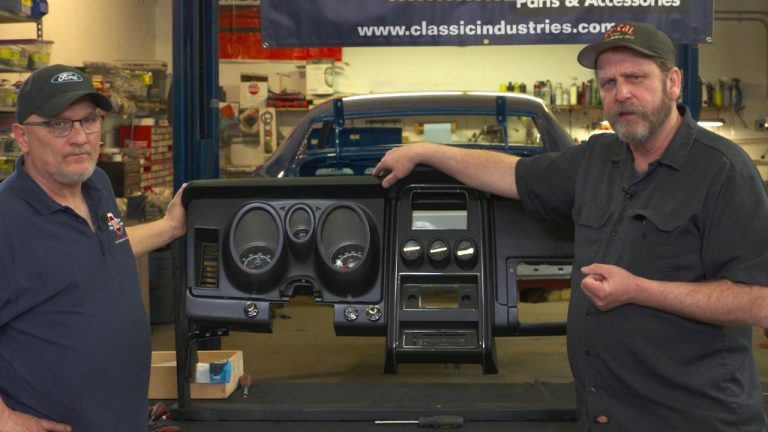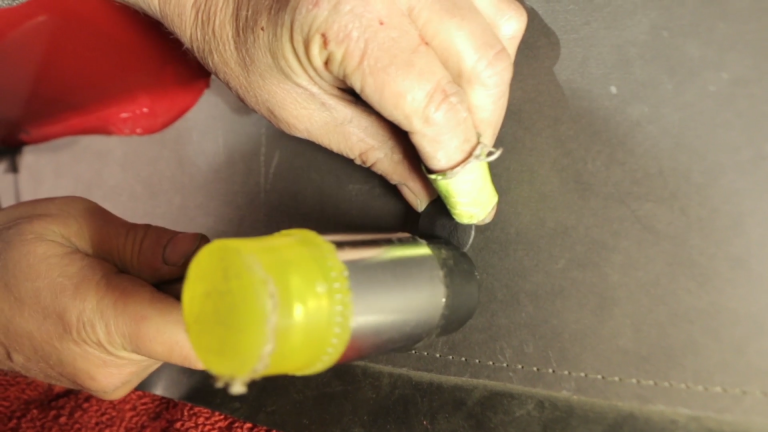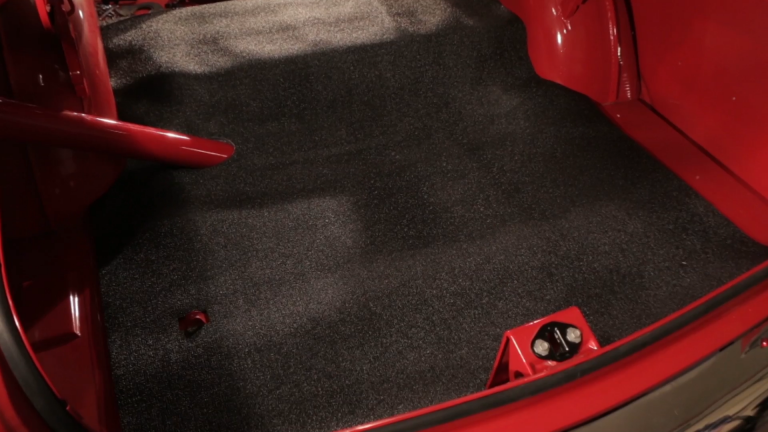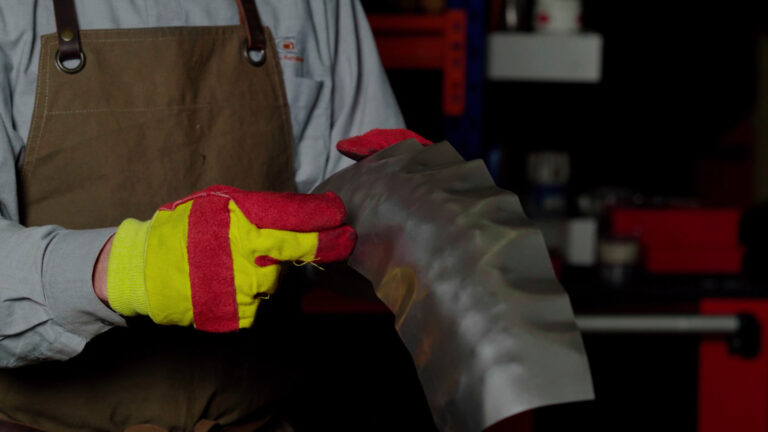
Automotive Electrical System
Mark Simpson
- In-depth Instruction; over 148 mins
- On-demand video access anytime
- Bonus downloadable PDF resources
- Access to class Q&A
- Available for purchase: $39.99

















An Automotive Electrical System can seem like black magic to most of us, especially when things go wrong.
But in practice, most electric circuits are relatively simple and most problems can be isolated with a series of tests. Additionally many classic car enthusiasts also want to add modern electrical equipment to their vintage rides, but understanding the limits of vintage electrical systems is key to making everything work and may require other upgrades too.
Wiring new circuits or resolving electrical problems starts with fully understanding the various components in an automotive electrical system and how they all work together.
In this class we’ll take a close look at all aspects of an electrical system and explore different types of circuits and how they work together.
We’re here to help
This class provides you with a fundamental understanding of the various components of an electrical system, how they function together and how to service them safely. You’ll see how to make crimp and solder connections, as well as how to assemble and disassemble multi-wire connectors. You’ll also learn how to determine the correct size wire or cable to use for any circuit and how to properly wire a relay.
We’ll take a close look
We’ll take an in-depth look at a range of components covered in this class, how they work together and ensure they function safely. In addition, there are tons of electrical system tips and tricks provided throughout the class that you’ll be able to use on your classic. You’ll learn about:
• Wiring Safety
• Must-have Tools
• Battery Types & Maintenance
• Selecting Wire
• Proper Grounding
• Types of Connectors
• Soldering Wires
• Fuses & Circuit Breakers
• And Much More…
In addition to the detailed video, this class provides you with some downloadable material and helpful information to print and keep, including a detailed Class Guide you can follow and use as a reminder for the key points of the class.
If you’re looking to spend more time enjoying your classic car and less time trying to resolve electrical problems, this is the class for you.
Mark Simpson
Like many of us, Mark’s passion for cars started in his early teens. He first dreamed of owning a ’34 Ford 3-window coupe. But as a wide-eyed 15-year-old, he spied a ’40 Chevrolet Coupe alongside a garage while walking home from school, which he picked up for $150. After being told by his father that the new heap would not have a place in the home garage or driveway, Mark finagled his way into a local auto body garage, doing some grunt work around the place after school. At that moment, the spark for old cars became an unquenchable flame. Using mostly money he made painting cars for local dirt track racers, Mark rebuilt that ’40 Chevy, but had to sell the car to help pay for college. Although the car was gone, the passion for restoring old cars remains to this day. After college, Mark’s passion continued with the purchase of a ‘31 DeSoto, a ‘37 Chevrolet Coupe, a ‘69 Camaro, a ‘54 Ford F100 and countless other cars over the years. Currently, Mark’s collection includes numerous street rods, customs and muscle cars. But the old car passion is fueled by more than just building and owning cars. In addition to serving as executive director of the National Street Machine Club and editor of Street Thunder magazine between 2005 and 2011, Mark has served as an active member in numerous local, regional, and national car clubs. This lifelong passion for old cars allowed Mark to realize his dreams of introductions and building relationships with industry icons, and he’s had the opportunity to work with many of the top hot rod and restoration shops in the Midwest, giving him a first-hand inside look at the tips and tricks the pros use to build world-class cars. Mark has extended the passion to his family members, with his wife and children deeply hooked. His daughter rebuilt her first engine at the age of 16, and has worked in the automotive aftermarket business since she was 17. She is currently a regional sales rep for a national motor parts company, while his son attended college at WyoTech and has worked for some of the top Hot Rod shops in the country. He is considered by many as a master sheet metal fabricator and is equally gifted in his custom automotive upholstery skills.

Bonus materials available after purchase
How do I know what the Class covers?
Do I have to be a Member of Classic Car Restoration Club to purchase a Class?
How do I purchase a Class?
How do I access/view my Class?
Do I have to take the Class right away?
Is there a limit on the times I can view my Class?
Can I view a Class on my tablet device or mobile phone?
How do I get access to the Bonus Materials for the Class?
How does the Class Q&A Resource benefit work?
Can I print out Class details?
What are PDF downloads?
Are there any system requirements to view the Class video content?
Why do you need my email?
Can I get a refund if I don’t like the Class?
How do I contact Classic Car Restoration Club?
Purchase Class
Purchase class and add to your personal library with on-demand video access.
- Enjoy on-demand video access to this content anytime, anywhere for the one-time cost below.
- You won’t lose access, with or without an active current Membership

Automotive Electrical System
with Mark Simpson
